If your sales are starting to plateau or decline, you have to develop a new strategy to get a cash injection into the business.
Even if your company is doing OK right now, you have to ask yourself whether your current business model is sustainable in the future. It’s always important to analyze the trends and plan ahead.
Are you utilizing a customer loyalty program?
If you have a loyalty program in place, that’s great. You’ve at least identified it’s necessary. But now, it’s time to make sure it’s actually making you money.
If you don’t have a loyalty program, that’s OK for now. However, we’ll explain to you why that needs to change soon.
Even if you don’t have a customer rewards or loyalty system in place, you’ll likely know how these work. You might even be a loyalty program participant at someone else’s business.
Basically, these programs collect consumer information, and each customer gets a card, ID, or login information to track their spending habits. Members get rewards based on how the program is set up, encouraging them to return.

Punch cards or stamp cards are both super basic versions of a customer loyalty program.
For example, the local food truck outside your office might give you one of those cards and reward you with a free sandwich on your tenth visit.
The program will be successful if you can get customers to keep returning and spending more money. I’ll show you different ways to implement this strategy.
Why customer loyalty matters
Loyalty is important because it’s easier and less expensive to market to your current customers than to acquire new ones.
You’ve got a 60-70% chance of selling something to your existing customers. But you’ve got only a 5-20% chance of getting a sale from a prospective customer.
Plus, acquiring a new customer can be up to seven times more expensive than retaining an existing customer.
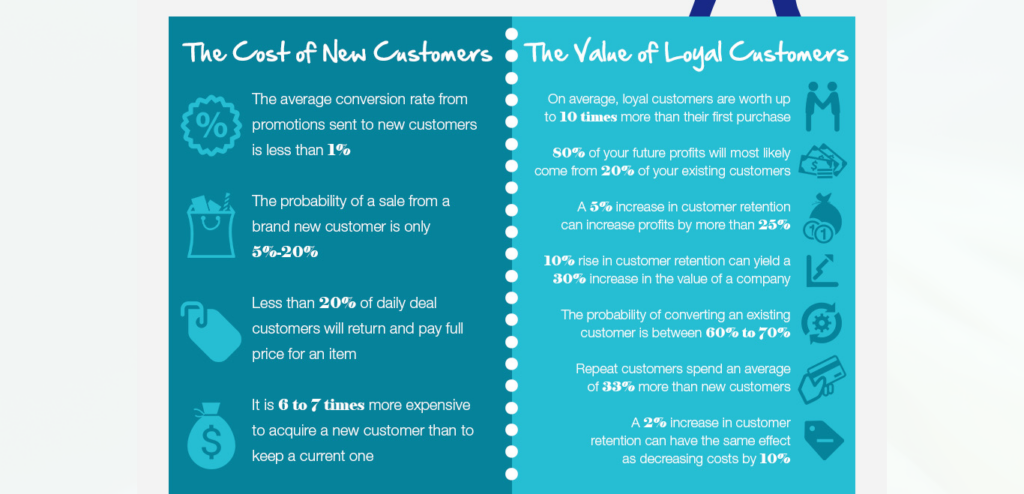
Furthermore, a returning customer will spend 67% more money than a new customer.
All of these statistics prove why loyalty is so important, but now it’s up to you to make it happen. If you don’t act fast, one of your competitors could launch a loyalty program that steals your customers.
Here are some of the best ways to implement a customer loyalty program.
Create a basic point system
Let’s start with something simple. Point systems are a very common way to encourage customer loyalty.
For example, every dollar spent earns the customer one point. Those points can be used to get discounts and promotions. Some of these point systems could have a cash value or be used for purchases.
You could even give the customer ten points for every dollar spent. It makes them feel as if they are earning more.
Here’s an example of how Marriott uses a points system loyalty program:
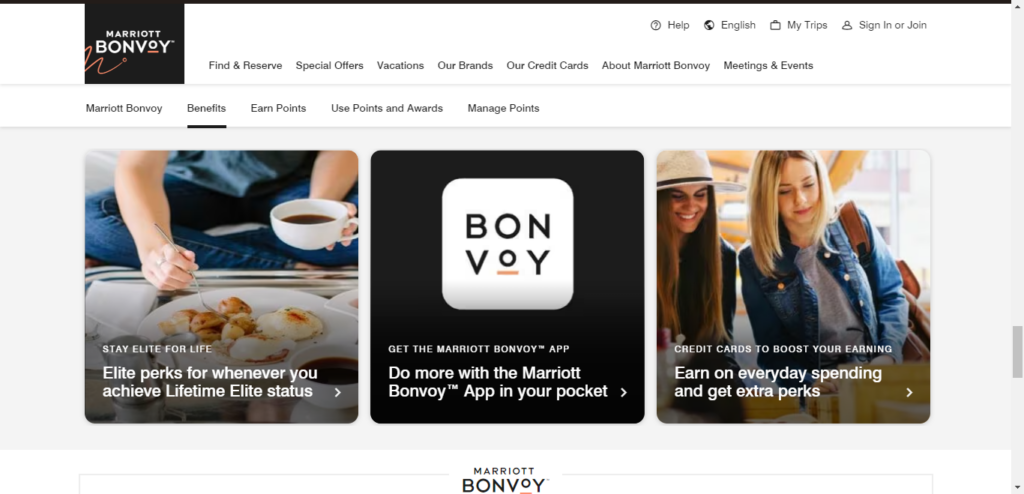
The Marriott Bonvoy rewards program allows a range of earn-and-exchange options, emphasising tailoring this to each customer.
It’s a very simple but effective concept. You can easily implement this type of program into your business model.
Charge an annual fee
Charging the customers upfront to participate in the loyalty program is another strategy with many benefits.
You’re collecting additional money immediately whenever someone joins the program. That extra bit of cash can boost your bottom line.
But you’re also still getting the added benefits of customers returning and spending more money.
If a local pizza shop gives you a punch card and you’re unhappy with the pizza, you can throw the card away and never go back. But that’s not the case if you pay for a loyalty membership.
Amazon Prime is a perfect example of this program in action. They charge customers $139 per year to become a member.
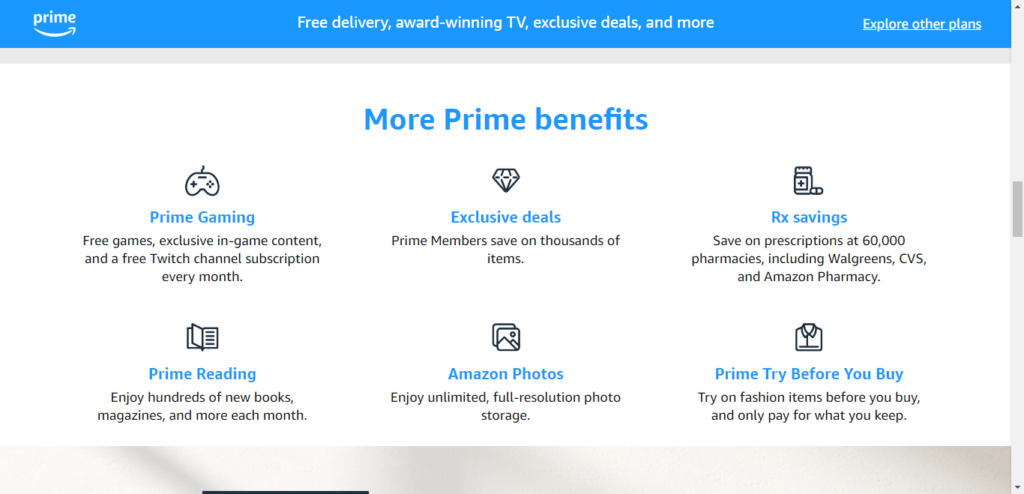
One of the top benefits of being an Amazon Prime member is getting free two-day shipping on your purchases.
Prime customers will always visit Amazon first if they want to buy something before checking out other websites. Why would they pay for shipping or wait a week for their package when they can get it in 48 hours at no extra cost?
They already paid for the membership, so they might as well use it.
This membership has other added benefits, like free TV, movie, and music streaming options.
Use different program tiers based on spending habits
You can also host a loyalty program that rewards customers based on how much they spend. It’s one of my favorite strategies.
Implementing this method accomplishes a couple of things. First, it encourages customers to spend more money. But it also rewards your best customers.
A customer who spends $2,500 a year shouldn’t have access to the same rewards system as someone who spends $50, right?
The Sephora Beauty Insider program is one of the best examples of this type of loyalty system:
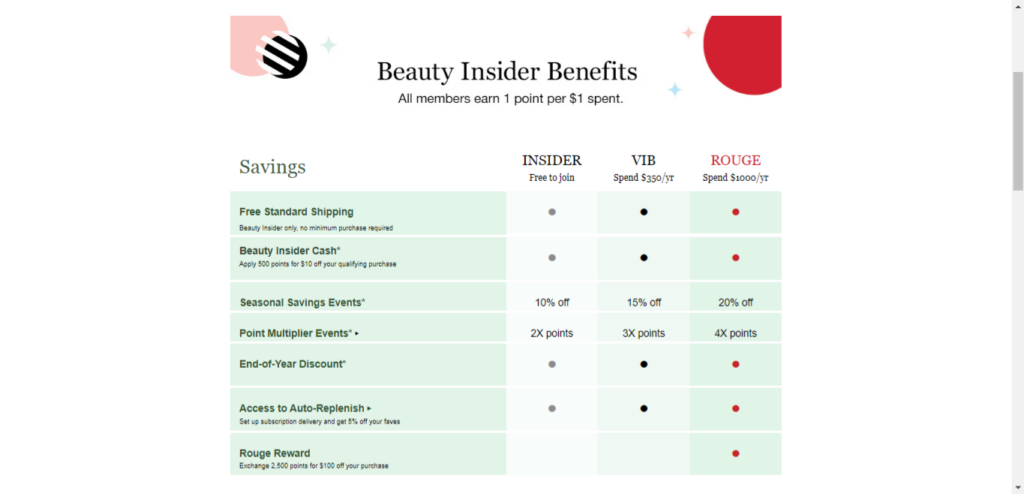
It’s a simple concept. Anyone can sign up for free to be an Insider member. This free membership includes perks like a birthday reward and free beauty classes.
Once an Insider member spends $350 in a calendar year, they get bumped up to VIB status. VIB customers have access to all the Insider benefits plus some extra advantages.
If you’ve got a VIB card, you’ll also get a monthly gift and a free custom makeover once a year.
Sephora’s best customers can become Rouge members. This status is only for people spending over $1,000 a year. It’s an elite club.
Rouge rewards members get free two-day shipping on all their purchases, unlimited custom makeovers, and invitations to private beauty events. Sephora even has certain products that they sell only to Rouge rewards members.
If you want your top-spending customers to get more rewards, you should consider this type of program for your business.
Work with another brand to get more exposure for your loyalty program
Once you develop a loyalty program, you’ll need to find ways to promote it. Otherwise, your customers won’t know it exists.
But as you know, marketing can be expensive. That’s why you can partner with another company to increase the exposure of both loyalty programs.
You’ll get a free promotion whenever the partner company pitches the rewards system.
A great example of this strategy is the partnership between Delta and American Express. Here’s a look at one of the cards on the American Express website:
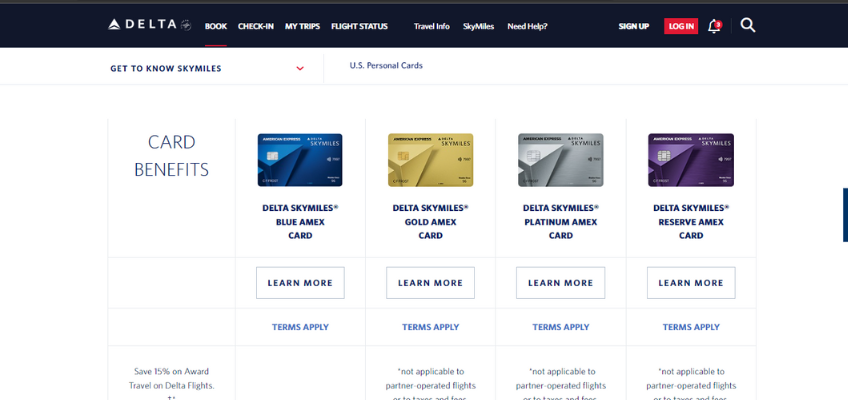
They are promoting a Delta SkyMiles card. The card has many benefits for the customer, the airline, and the credit card.
As a cardholder, you get special treatment whenever you travel with Delta. Card members get their first check-in bag free and priority boarding benefits.
They also receive discounted in-flight purchases and extra bonus points whenever they make a Delta purchase. Points can be used to get discounted flights.
This card is great for Delta because it encourages cardholders to fly with them instead of another airline.
American Express loves this card because it charges an annual fee and can make money on interest.
But the benefits help justify the cost and make the membership worth it to the customer.
As you can see, this strategy of partnering with another company also incorporates some other strategies we discussed previously.
This program uses a points system and also charges an annual fee. So don’t be afraid to mix and match some of these programs.
Turn your loyalty program into a game
Get creative. Your customer loyalty program doesn’t need to be stale and boring. Find a way to spice it up and add some excitement to the mix.
You can create a game encouraging customers to buy from your brand. The more they shop, the greater their chances of winning the game.
Here’s a great example from Game Mania XP and m–wise:
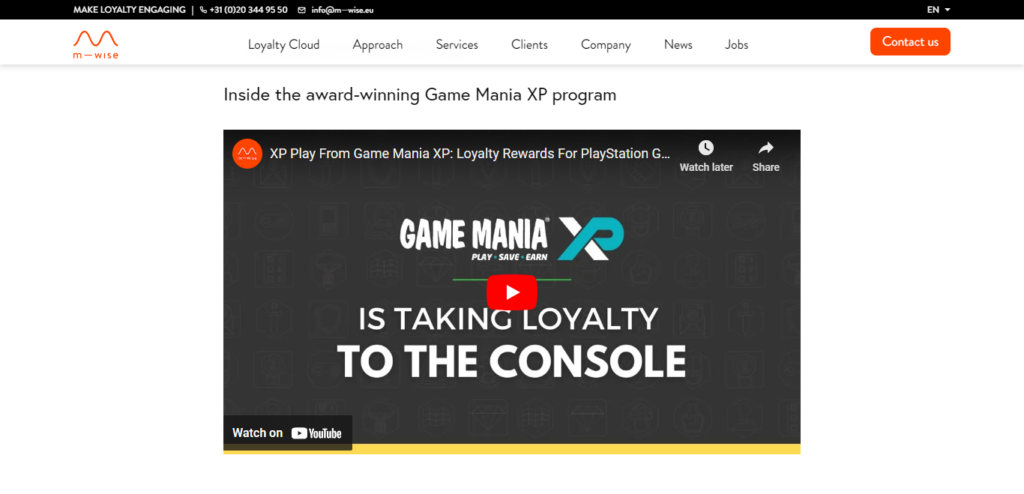
Game Mania XP promotes itself as a cutting-edge program developed in collaboration with m—wise. This innovative loyalty initiative saw them crowned as the International Loyalty Awards winner, a testament to its excellence and game-changing approach.
Link your PlayStation account to your Game Mania XP account, where virtual achievements yield tangible rewards. The XP Play feature bridges the gap between in-game accomplishments and real-life incentives, offering a loyalty experience like no other.
Engage in a blend of online challenges, tournaments, and gameplay to earn badges, coins, and progress through levels. This program’s interactions lead to exclusive rewards while enjoying the thrill of gamified engagement.
The program continues to evolve, recognizing and celebrating your dedication to the brand. Every moment spent engaging with Game Mania is an opportunity to strengthen your loyalty bond.
Create a loyalty program that focuses on your company mission
You can also develop a loyalty program that speaks to customers with the same vision and mission as your company.
This is different from the other types of systems discussed so far. It also depends on the type of company you have.
The TOMS Rewards is a great example of this method:
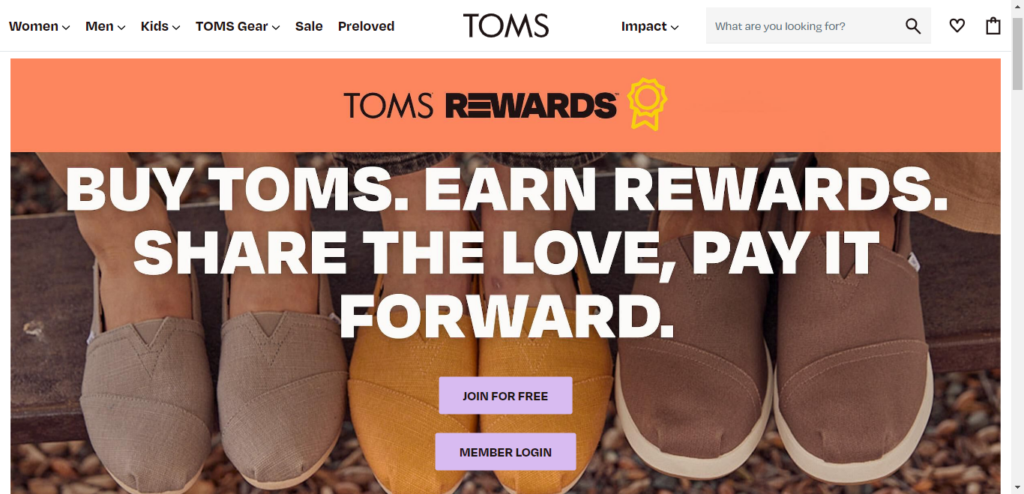
It’s a simple concept. For every product purchased from TOMS, the company will help a person in need.
The idea started like this. TOMS pledges a whopping 1/3 of their profits to grass-roots initiates. They also promote the need for better standards of mental health globally.
The TOMS customers get a different type of reward. It’s a reward for helping other people.
Rather than getting points or getting gifts for themselves, TOMS customers would rather help people who need it more.
If your company has a mission or vision similar to this one, make sure you promote this to your customers. You’ll still be able to create a sense of customer loyalty in those people who are in the giving spirit and want to help.
Conclusion
Creating a customer loyalty program is a great way to drive sales.
It doesn’t matter whether you’re a brick-and-mortar small business or a global ecommerce platform; this strategy will help your company grow.
That’s because it focuses on customer retention. It’s cheaper to market to your current customers than to find new ones. Plus, your loyal customers spend more money.
Rewards programs keep these customers coming back.
Try something simple, e.g., a basic points system. You could also charge members an annual fee to collect extra money upfront.
Consider creating a tiered program that rewards customers who spend the most money. Partner with another brand or turn your program into a game.
As you can see from these examples, you can even combine some of these strategies.
If you follow these tips, you’ll notice an increase in sales.
